By: Mercer May
The professionalization of public policy has led to an era in which experts rule the field – each individual seeking to stake out their own niche and claim ownership over it. Because of this, in depth analysis of specific topics is rampant. Policy prescriptions carry down to the tiniest of details. While in some cases this may be viewed as a positive, it has also led to the dangerous norm of viewing policy in isolation and not as an interconnected, holistic practice.
For far too long now, experts have been attempting to solve public policy questions as though they exist in a vacuum. This article plans to serve as a template to how we can approach public policy as an interconnected ecosystem, looking from one area to the next for positive changes that will effect a plethora of other areas. In this case, how a revamping of the military in America could solve a myriad of issues, including the economy, our declining cities, and national security.
The United States military is the most powerful in the world. However, in today’s political climate, there is growing discontent with the way our government spends money – and one of the largest expenditures of cash is the United States military. Much of this expenditure goes directly into fueling the costs of overseas bases. Some of these overseas bases are absolutely vital to the security of the United States and its ability to project power on a global scale. But American residents see few tangible returns for this massive expenditure of money, especially compared to residents of the nations hosting the bases.
As technology advances, it offers us the opportunity to think over our strategy. Are there changes we can make in military spending to shift more of the direct benefits back to the homeland while still maintain our undeniable global superiority?
I grew up in Virginia Beach, Virginia, a heavily militarized area with Norfolk Naval Base and Shipyard, the largest naval base in the world, right around the corner. We also had Oceana Naval Aviation Station, Little Creek Naval Base, Dam Neck Naval Base, and Langley was just up the road an hour. Growing up, I saw the importance of these Navy personnel to the local economy. An aircraft carrier alone carries nearly six thousand crewmen, and when it pulls out for a six-month tour it actually puts a dent into the local economy as service jobs from the restaurant business to the dry-cleaning industry slowdown. On the flip side, young men and women who have been out to sea for six-months are the most liberal spenders of their cash, from bars to cars. Every city or town that has a military instillation inside its borders knows the importance of the troops to not only the economy but also to the morale and security of their hometown.
Military installations are, however, expensive. In 2009, the United States military spent $515.4 billion in total base operations (which encompasses buying of materials, goods, services, contracting, anything dealing with on-base activities), with about half of that going into overseas bases. The military has done a good job at not releasing specifics in the amount of money that it spends building bases either in America or overseas, but there is no doubt that it is in the hundreds of billions of dollars range.
A huge sum of money could be reapportioned to the homeland by abandoning bases that are overseas in areas that are deemed non-essential by a bi-partisan commission run by civilians and military personnel. These areas may include bases in countries such as Japan, Germany, Italy, Guam, or the countless other non-necessity bases that remain from World War II. We can expect that the host nations will cry in outrage for the same reason I listed above; the importance of military bases and personnel to local economies. Certainly there are dissidents in the nations that host American bases that have legitimate complaints of sovereignty, crime, and a balance of power, but most, if not all, national leaders view the American presence as a positive. Not only does an American presence deter any potential aggression from neighbors or regional powerhouses, but it also helps solidify the power of those in charge by forming tight relationships with their American counterparts. Undoubtedly, the internal politics of each host nation is complex; however, the internal American politics should dictate the re-appropriation of American military assets. I believe it is time to take the needs of American prosperity over the desires of foreign states.
We must have an open discussion about where we want the future of American foreign policy to go, either retreat back into the Monrovian ideal or continue along the status quo to police the world as the global superpower. Both have their benefits as both have their downfalls. If we pull back a large amount of our troops, our ability to quickly react to situations as they arise around the world will be diminished, but it will also offer us a chance to restructure American military spending without the constraints of global imperialism. Furthermore, with the massive increases in technology that has accelerated American assets ability to deploy and deploy more effectively, our abilities to quickly react to the problems across the globe will not be disturbed nearly as much as they would have been just a decade ago. The risk of losing our seat of power is greatly diminished thanks to these technological achievements, and it offers us the opportunity to use our military as an economic and security gain for our country.
With the above assumptions realized, the American military should retract all American personnel that are in non-vital battlefield or supplementary rolls, for example, holding bases that do not directly play into staging roles for the current wars. There should remain some sort of headquarters in every geographical region that still maintains the ability to quickly and efficiently dispatch American military assets to any conflict that may spring up. This should alleviate some $150 billion of funds that are spent operating these foreign bases that can in turn be used to build new instillations on American soil. The plan is not to shrink the size of the military nor to cut back on personnel, but rather to shift them away from foreign territory and back to America. To make the system competitive and highlight the local leaders of the modern era, a “contest” series should be put into place in which if a community wants a military base put into their city, they must build a resume of why they should receive this benefit (because it is incredibly beneficiary to communities). The criteria should include how this base can help with national security, how the local community will support the base and personnel both economically and in the service industry, – including schools for the military personnel’s children, available real estate for off-base housing, future career options for post-retirement personnel, and all other benefits the city would be willing to offer – and complete plans with the assistance of local private contractors on how expensive, how big the base will be, and how many servicemen and women will be stationed there. The military is then allowed the opportunity to tour potential sites and to decide on the course in which they wish to pursue.
This addresses two huge economic problems: the blue collar and the long term micro-economics of cities. These communities that are selected to receive bases will get the long-term economic perks that similar cities such as Virginia Beach, Norfolk, San Diego, Pensacola, and so forth, are already receiving. As I listed above, by stationing hundreds or thousands of individuals in a locality, it is an immediate stimulus of x amount of solid middle class jobs provided by the military, plus all of the service economy jobs that will inevitably come into existence to serve this new population. Cities will receive a windfall of new local taxes, businesses will receive hundreds if not thousands of new customers, small-business entrepreneurs will use this as an opportunity to get their ideas off the ground, home prices will go up, long-term construction will bounce back, churches and community centers will have more members, and tens of thousands of peripheral jobs will be created. The list goes on and on.
The cities will also receive the short-term boom of the profitable construction industry which will have to hire thousands if not millions of working class citizens across the nation to deal with the spike in construction – from high tech security companies for the bases’ security infrastructure to the routine construction of supplementary houses for off-base servicemen and women. This would be a huge coup for any presidential administration. The middle-class, blue-collar, construction industry was one of the hardest hit employment sectors during the 2008 crises and onwards. It is still struggling to make a full recovery as hundreds of thousands of general laborers are still seeking employment eight years later. These are the 50-year old men that have worked their entire lives in construction as a general laborer and do not have the time, nor the capacity, nor the incentive, to go back to school and retrain themselves for what experts deem the “21st Century Economy.” Society has all but left these individuals behind. This plan would reincorporate them into a massive jobs program akin to the FDR’s job program and would revitalize the American economy and help rebuild the middle class.
The economy is not the only thing that will be helped by this plan. The borders have been a topic of increased scrutiny this presidential election, as thousands of illegal immigrants have crossed the southern border to come into America. Overlooking the sensitive cultural/societal issues that come along with this debate, I believe that both sides of the aisle, at a very broad level, can agree that illegal immigration is a bad thing. It drives down wages for American workers as immigrants accept lower pay and longer hours; it causes great concern for national security as porous borders allows for easy entry and exit of criminals (terrorists or drug cartel members); and it creates a logistical nightmare trying to police the border and the people attempting to cross over. With the proposed plan above, the military should decide to increase their presence along the borders and use its personnel to support the overburdened border patrol agencies with the securing of our border against illegal immigrants and black market transfers along the southern border. Not only does this have a cost-sharing and cost-effective angle to it, but it will also increase the actual effectiveness of missions to secure the border that will keep billions of dollars of hard drugs off American streets.
The military instillations in San Diego already work hand-in-hand with border patrol and they have had a successful track record together. This concept could be exported to scores of cities along our northern and southern borders. Instead of spending millions of dollars flying artificial training missions over the island of Guam, or in Japan, or in England, our servicemen can fly live missions patrolling our border, keeping America secure and also saving thousands of lives (thousands of immigrants die each year in the desert between Mexico and America). And it is not only our southern border that gives rise to alarm for national security experts. For the sake of perspective, here is a statistic that I find wildly disturbing: only twenty percent of the incoming cargo from overseas trade is inspected. This creates a massive hole in the security of the American homeland, and national security experts have pointed to this fact as being one of the most threatening oversights to America, even claiming that it would be incredibly easy to smuggle a “dirty bomb” from, say, Lebanon to the United States on a cargo ship. An increase of military presence in private trade port cities would also help ease the burden of the private industry when it comes to security while also protecting Americans from possible threats.
Stationing troops in American cities, will revitalize their economies, keep their streets safer, strengthen their communities, and bring a plethora of other intangible day-to-day benefits. Gang violence and crime have skyrocketed in down-trodden cities, and it is difficult for many of these cities to rise out of this emotional and economic depression. As areas get worse and worse, more of the higher income families move away from the area, thus pulling all-important tax revenue out of the city which in turn makes it even more difficult for the city to fight their problems with their already stressed treasuries. There is less money to hire police officers, less money to work on infrastructure, less money to hire administrators and educators, only jail time being funded out of the already strained treasuries of the city, forcing the administration to make more cuts to other programs aimed at finding a long-term cure instead of a short-term jail-sentence. In these conditions, little wonder that crime flourishes and become entrenched in gang culture, as young people follow the example of those around them.
To break out of this vicious cycle, cities desperately need an infusion of new energy, new money, and new people. A military instillation could help cure this problem. By no means am I suggesting that martial law be put into place in these cities (however an agreement between the city, the police department, and the commander at the new military base on contracting out certain security assignments could constitutionally be arranged), but our uniformed soldiers tend to be good Samaritans, and those who may not find help during their time in need currently will likely find it in a solider. As base personnel move off campus and into the surrounding community, it can be understood that housing values will increase as those who take pride in their uniform also take pride in their homes, pulling up the neighboring houses and city with them.
The city will have a new revenue source of middle-class constituents so that it may continue its work in the community, from building schools to running after school activities to keep the youth away from crime to helping support the elderly. New ideas will flood city hall on projects that they should fund in the community as military personnel bring forth new concepts that they witnessed while on tours through other high-risk areas around the world; ideas that are helping impoverished communities in Iraq, Afghanistan, or Africa that could be modified to fit the American model and bring prosperity to the community. But most importantly, and again this is away from the financial realm of this plan, it will give the youth something besides gang-banging to aspire to, a “way out.”
The purpose of this plan isn’t for military instillations to be built and then have our soldiers drive through the gates in the morning and then leave and drive home at night. That culture, the culture of secrecy that has indoctrinated our military, needs to be done away with, and in its place a culture of community and service should become dominant. The purpose of this plan is to reintegrate the military and its civilian counterparts, not simply just move troops back to the home-front and continue along with the culture of the status-quo. Like the police, the military’s job is to protect and to serve, and American culture has unfortunately (but understandably in a post-9/11 world) put the majority of emphasis on the protection aspect of the creed. We need our military and our police force to remember the importance of service in the community, whether that be offering to drive home a young boy or girl from school when their parents are busy working, or if it is helping build a community outreach center for children in threatening environments. That car ride home with a man or woman in uniform will have more of an impact on that child’s life than one may ever assume, and could be the difference between a future serviceman or a future criminal.
This is a moral argument that we as a nation have moved away from since World War II. American heritage lies in our military; the uniform is more than just fabric, it is a symbol of our everlasting dedication to fight for our brothers and sisters, mothers and fathers, friends and strangers, all Americans who cannot fight for themselves, both at home and abroad. Our men and women in uniform are what our children aspire to be, who their peers respect unanimously, and who we all trust implicitly. Patriotism and nationalism is deep-seeded into the DNA of Americans, much of which unfortunately has been lost over the years due to lack of faith and credibility in the government. Vietnam can certainly be seen as a low point for the relationship between the American people and the military, but it can also be argued that if it wasn’t for Washington making the decisions to police the world, that scar would never have been cut. More recently, there has been positive encouragement regarding the manner in which troops are being treated by the masses, even by those who do not agree with the war itself. Signs that read “support the troops, not the war” may not be what politicians want to see, but it’s what we as Americans want to see. If this plan is implemented, we can expect to see the pride of America restored, children dressing as soldiers again, and the overall quality of life and morale increasing around the states, particularly in those areas immediately affected by this plan. Economies will boom, civilians will find work again, our borders will be secure, our children will be inspired, our cities will become stronger, and America will become better.
With one retooling of one public policy decision, we see that there is a plethora of positive side effects that will affect millions of lives. As you, the reader, have read through this, I am sure that you too have contemplated ideas on how bringing our troops back to the homeland can benefit the nation as a whole. The examples I listed out above are just a short list of the possible positive side effects of this public policy prescription, and as an idea like this becomes more serious and gains steam, we can imagine that scores of other positive side effects will be discovered. The military is capable of bearing this burden; for as Atlas bore the burden of the world, our military can undoubtedly bear the burden of our country. This is the power of the American military. This is the power of creative thought. This is the power of holistic public policy.
Mercer May is a J.D. Candidate at the University of Richmond and has worked in numerous public policy and legislative roles – including the Senate of Virginia, the Virginia House of Delegates, and the Office of the Attorney General of Virginia. He holds a B.A. in Political Science, a B.A. in Religious Studies, and a minor in Economics from Virginia Commonwealth University.
Image: 2013 deployments of the US military Grey = None or no data available Orange = <100 troops (Including Military attachés) Red = 100-1000 troops Black = 1000+ troops. Via Wikipedia. Distributed under the Creative Commons CC0 1.0 Universal Public Domain Dedication.

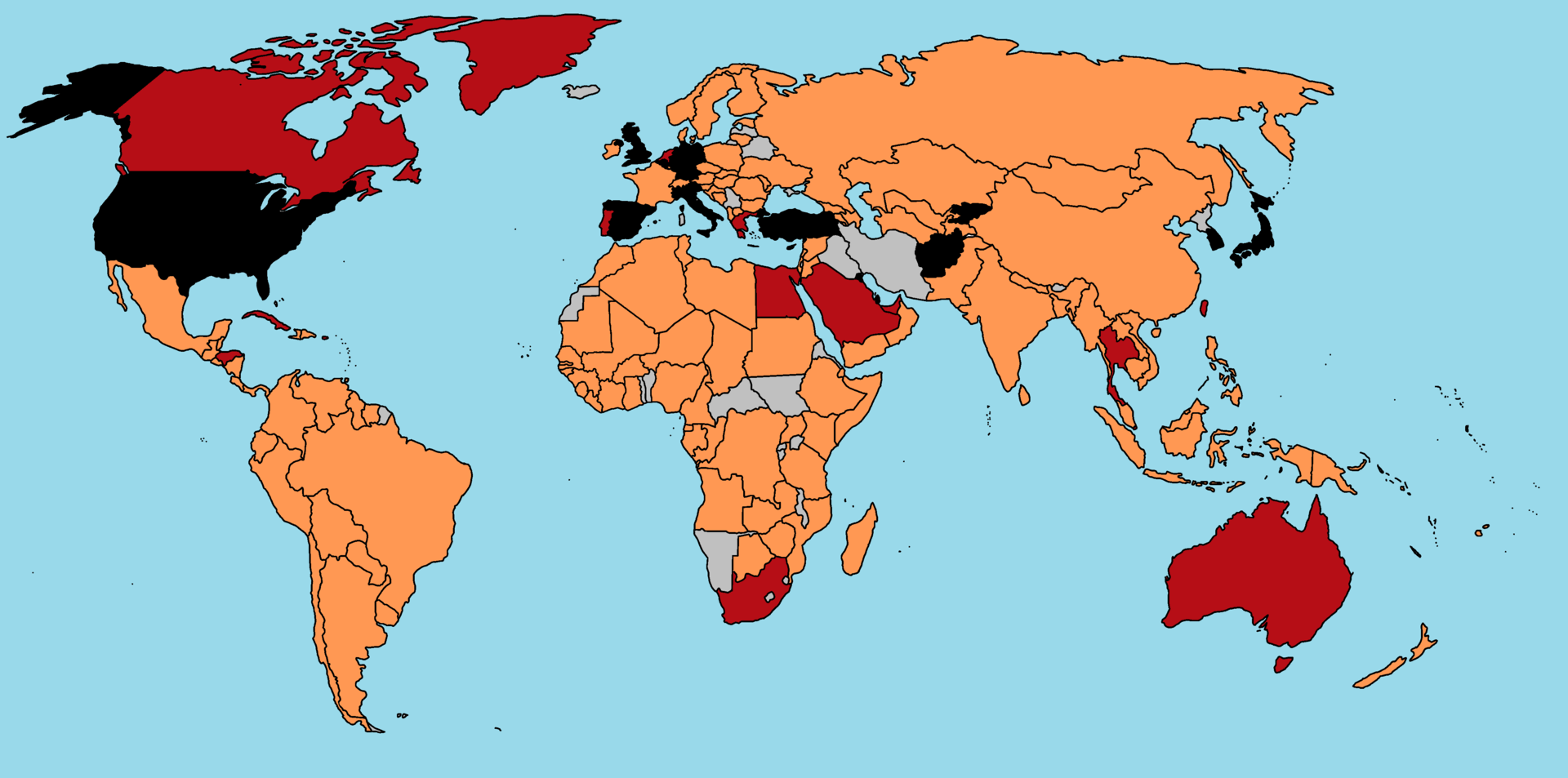
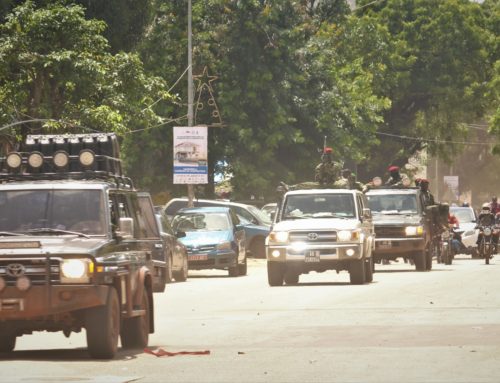
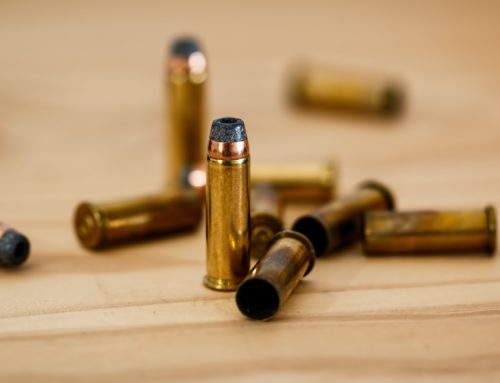

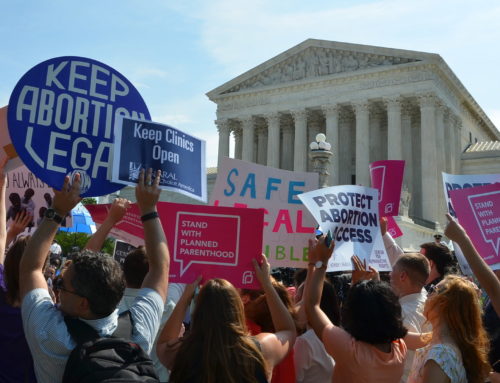



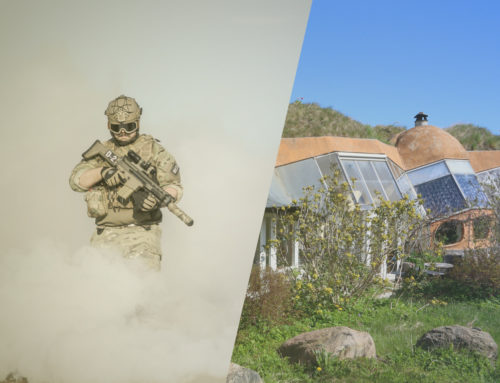
Leave A Comment